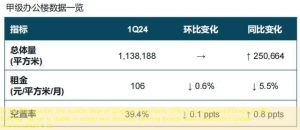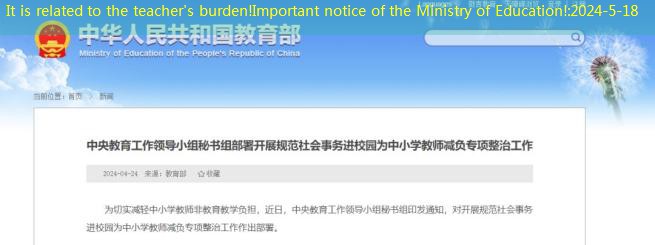Introduction:
June 1991 marked a monumental moment in world history as the Soviet Union, a global superpower and symbol of communist ideology, experienced its final collapse. This event not only reshaped the political and economic landscapes of the world but also had a profound impact on millions of lives. The fall of the Soviet Union marked the end of an era and opened a new chapter in international relations, setting the stage for significant geopolitical shifts and the emergence of new nations.
Details of the Event:
In June 1991, the Soviet Union was gripped by political turmoil and deepening economic crisis. The Soviet people were increasingly disillusioned with their government’s policies and the lack of reforms that would alleviate the crumbling economy. The situation was exacerbated by the growing influence of nationalist movements in the Baltic states and other regions within the Soviet Union, demanding independence and a breakaway from Moscow.
On June 12, 1991, a historic event took place in Moscow, where millions of citizens participated in a referendum to determine the future of the Soviet Union. The referendum asked a simple but critical question: “Do you consider necessary the preservation of the USSR as a renewed federation of equal sovereign republics, in which the rights and freedoms of a person of any nationality will be fully guaranteed?” Citizens could vote either “yes” or “no.”
The result was staggering. Despite efforts by the government to maintain unity, a significant majority voted against the preservation of the USSR. The outcome exposed the deep divide within the Soviet Union and marked a severe blow to the authority of the central government. It became evident that the once mighty Soviet Union was on the brink of collapse.
Euphoria spread across parts of the country as independence movements started gaining momentum. The Baltic states (Estonia, Latvia, and Lithuania) were among the first to declare their independence, followed by other republics such as Ukraine, Belarus, and Moldova. The disintegration of the Soviet Union seemed inevitable, and other republics soon followed suit, claiming their sovereignty.
On December 25, 1991, the Soviet Union formally ceased to exist. The red hammer and sickle flag was lowered for the last time from the Kremlin, and the Russian tricolor was raised in its place. With the dissolution of the Soviet Union, fifteen independent nations emerged from its ruins, transforming the geopolitical landscape of Eurasia.

The fall of the Soviet Union in 1991 had far-reaching consequences. It marked the end of the Cold War era and the bipolar world order that had defined global politics for decades. The collapse of the Soviet Union also brought about significant challenges as newly independent states grappled with economic transitions, political instability, and ethnic tensions.
In conclusion, the fall of the Soviet Union in June 1991 was an epochal event that reshaped world history. The disintegration of the USSR not only symbolized the collapse of a superpower but also represented a turning point in global politics. The effects of this event continue to reverberate today, as the repercussions of the Soviet Union’s demise continue to shape international relations in the modern era.















